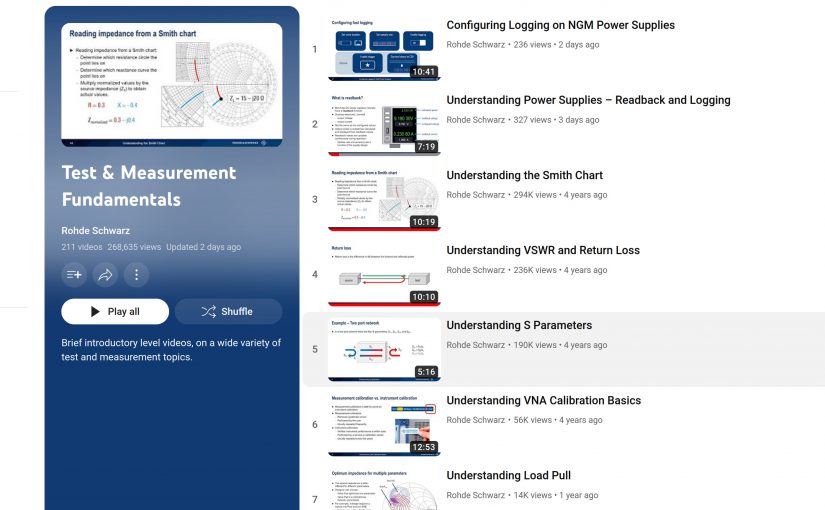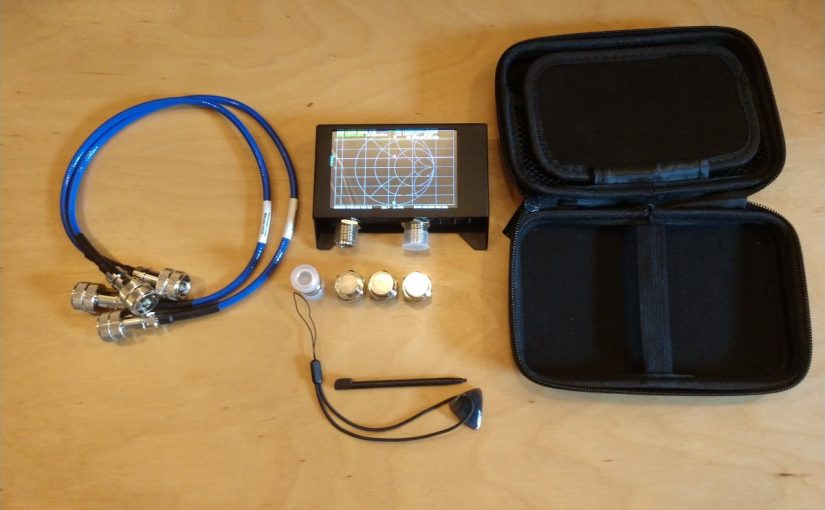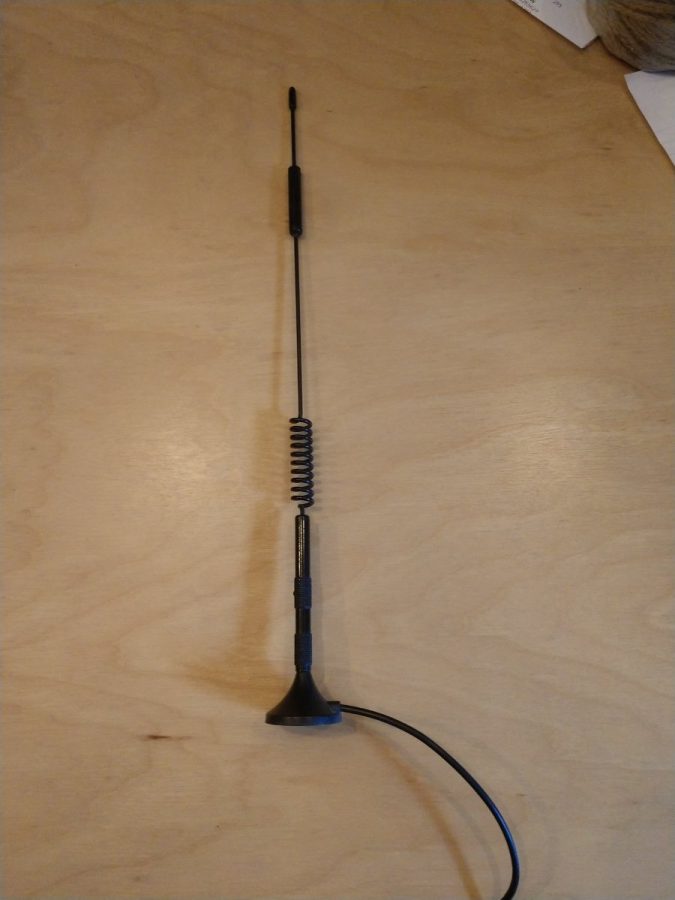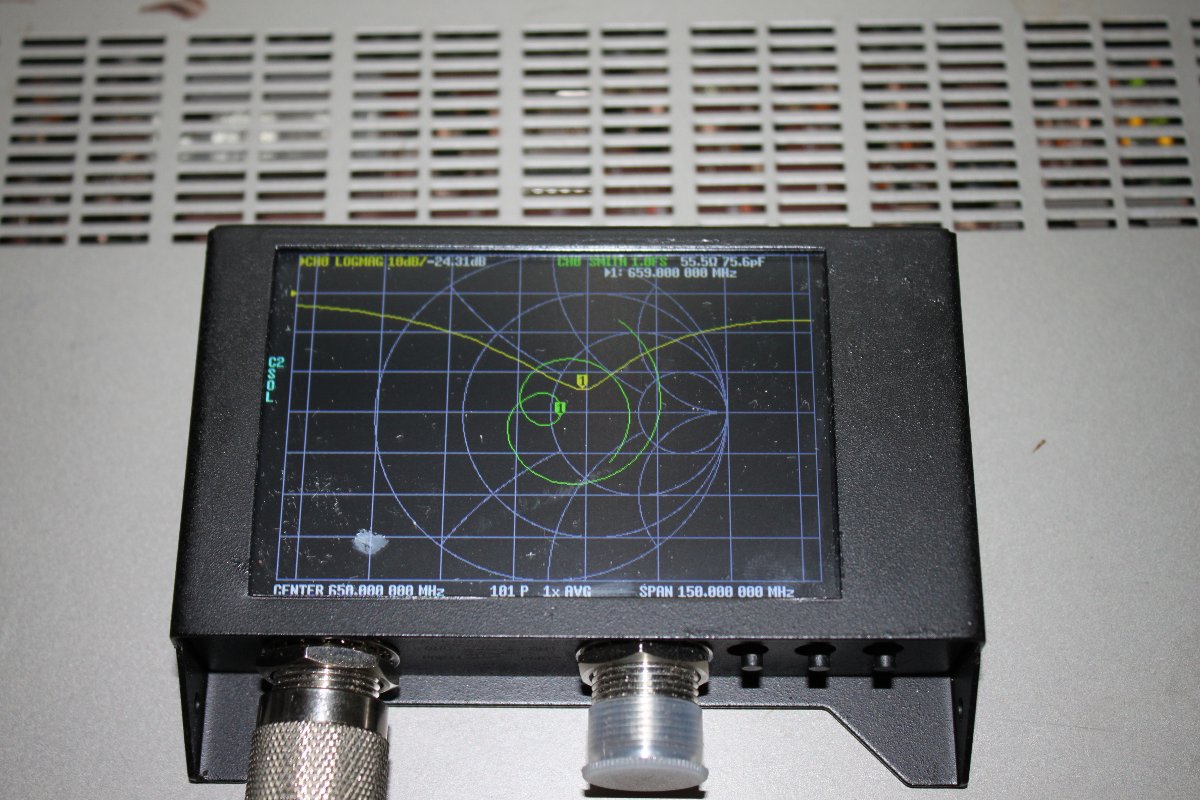I found a great resource for learning about test and measurement on Rohde Schwarz’s YouTube channel. Each video is about 5 to 15 minutes long and covers the basics of RF test equipment, measurement parameters, and definitions.
Rohde Schwarz Test and Measurement Fundamentals
Measuring RF systems is an important part of Broadcast Engineering. Many folks think that RF plants are going away, replaced by all IP content distribution. I disagree; Terrestrial Broadcasting will be around for a while yet. AM and FM radios are still ubiquitous in cars, homes, businesses, etc. There is no other information distribution method that is as simple and robust as over-the-air broadcasts. That is why Federal Emergency Management is still spending money on hardening broadcast facilities.
The Internet and Mobile Data in particular are susceptible to failure in emergencies. Cellular networks were almost useless due to congestion or system outages during the 9/11 attack or a natural disaster such as Hurricane Sandy.
Radio still has a role to play.
As the older Broadcast Engineers retire, there is a dearth of qualified RF specialists who can make accurate measurements on antenna systems, filters, and other transmission system components. There are very few mentoring opportunities, especially in commercial broadcasting. Gone are the days of several engineers on staff, when there was time to teach the younger people some hard-learned lessons. One of the reasons I write this blog is to pass along some of that knowledge to others so that the industry might survive.




